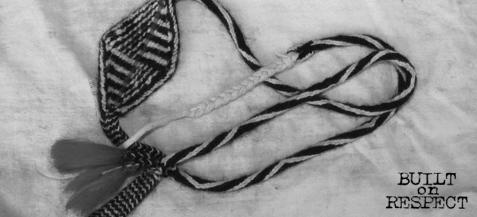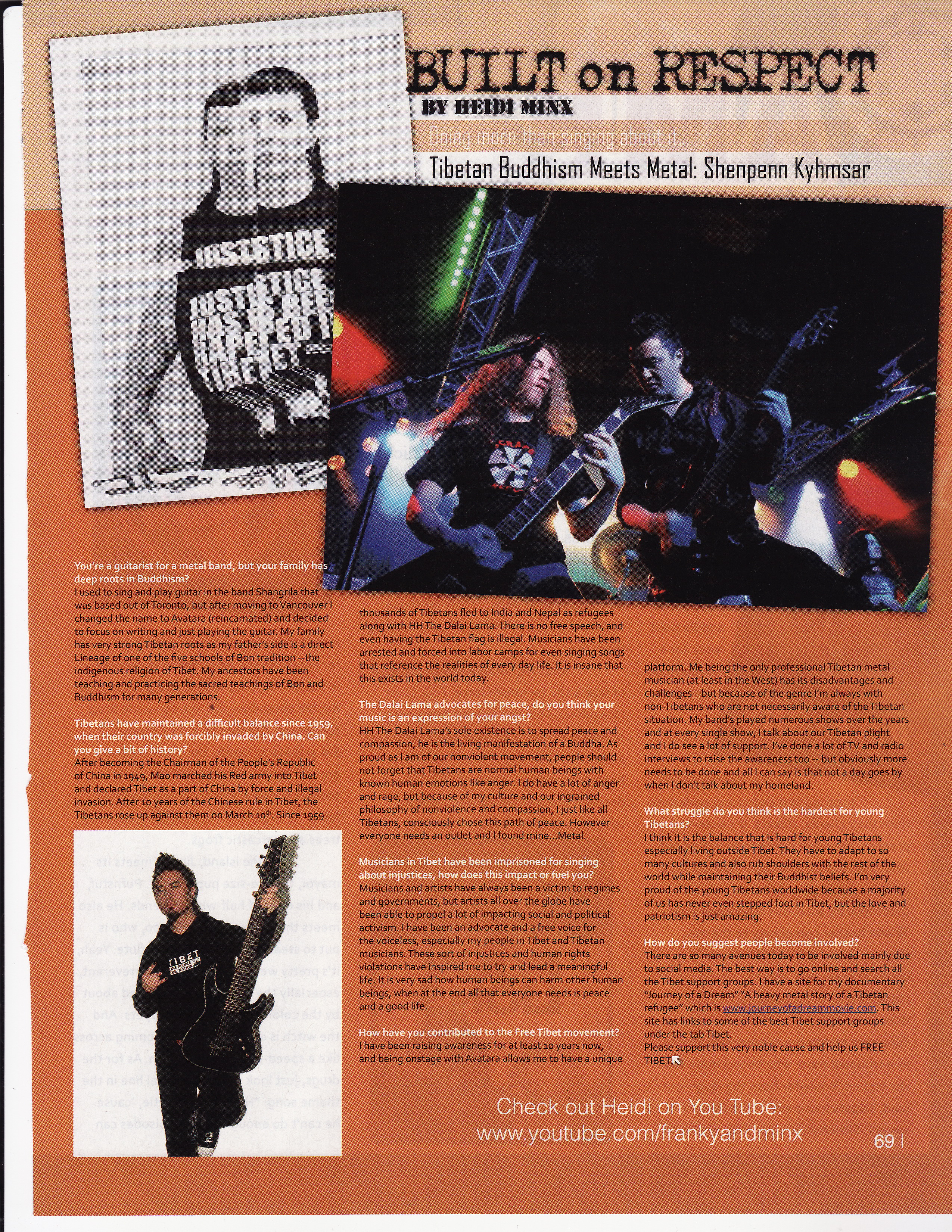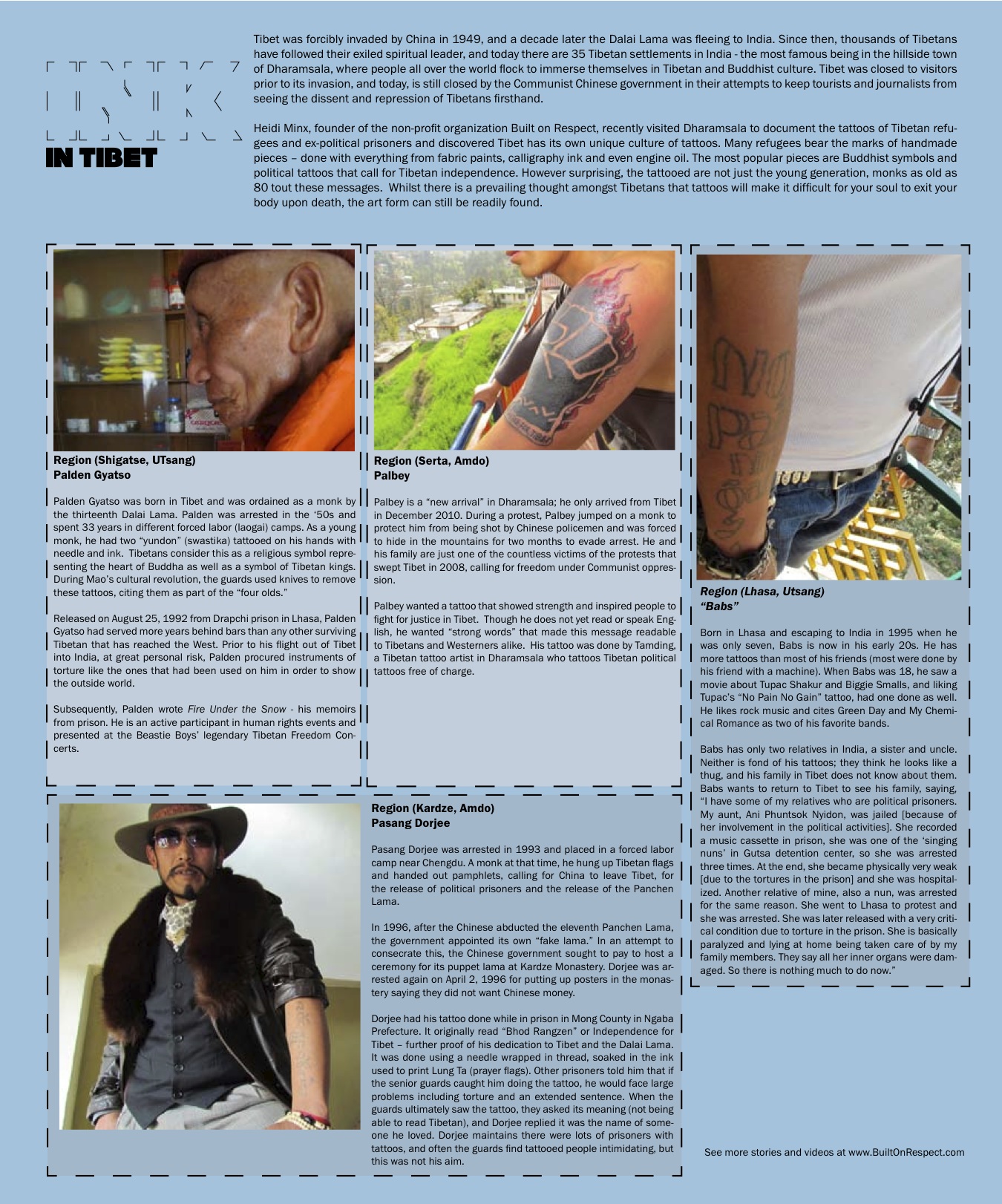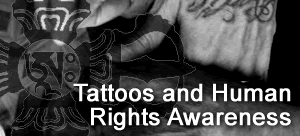Tattoo Symbolism: ‘Chime Gudril’

Several of the tattoos in this series have been referred to as a ‘Rangzen Bracelet’ or ‘Chime Gudril’. Here is the deep-rooted history behind this symbolic image.
The Life of Geshe Yulu Dawa Tsering & the Story of the Rangzen Bracelet: Rangzen is Tibetan for freedom or independence.
The story of the Rangzen Bracelet begins with the ill-fated life of a highly accomplished reincarnated Buddhist monk, Geshe Yulu Dawa Tsering. Yulu Dawa Tsering was a 53-year old Buddhist scholar with a doctorate in divinity Geshe degree, the highest attainable Buddhist academic degree. He was arrested and sentenced to life imprisonment for taking part in the 1959 Lhasa Uprising, and released after 20 years. While in prison he underwent China’s “re-education through labor program” along with the other political prisoners.
After his release in 1979, Yulu Dawa Tsering taught Buddhist Philosophy at Lhasa University, was a member of Lhasa Buddhist Association and was appointed as a member of the Political Consultative Committee. In 1987, eight years after his previous release, he was arrested along with his cousin, Thupten Tsering, a monk from Sera monastery for allowing two foreigners, an exiled Tibetan monk, and an Italian dentist on holiday to take a video interview in which Yulu Dawa Tsering commented on the prevailing human rights abuses and poverty in Tibet.
After their arrest, Yulu Dawa Tsering and Thubten Tsering were in solitary confinement in Seitru Detention Center for a year and seven months (without trial), and interrogated nightly. The following year, according to the announcement of their arrest, Yulu Dawa Tsering and Thubten Tsering were guilty of having “discussed Tibetan independence” and having “criticized the Chinese Communist Party and the policies of the People’s Government in the course of their conversation with reactionary foreigners posing as tourists.” Both monks were charged under Article 102(2) of China’s Criminal Law for spreading “counter-revolutionary propaganda.” In January of 1989, Yulu Dawa Tsering was sentenced to 10 years and Thupten Tsering to six years imprisonment in Drapchi Prison, regarded as a major center of torture and ill treatment, where countless prisoners have lost their lives at the hands of official maltreatment.
It was during this time, in the confines of one of the most notorious prisons in Tibet, that Yulu Dawa Tsering wove the first Rangzen Bracelet. From the threads of his prison uniform and whatever bits of thread available in the prison, he wove small bracelets in the traditional nine-eyed pattern and secretly handed them out to his fellow prisoners who wore them as a form of silent protest. The bracelets henceforth became a discreet symbol of hope and defiance. The nine-eyed weaving pattern, known as chumig gudril, is patterned after traditional slingshots that Tibetan nomads used to protect their flocks from wolves. Originally woven from white and black yak hairs, these slingshots with the nine-eyed weaving pattern is believed to hold a protective force to ward off evil.
In 1994, Yulu Dawa Tsering was conditionally released at the age of 88. Even though he was released, he was under regular surveillance by the Chinese Army. He suffered from both mental and physical illness because of the long period of imprisonment and inhuman treatment. He died on 16 January 2002 at the age of 95 in his home in Lhasa.
Yulu Dawa Tsering’s Rangzen Bracelets grew in popularity in Drapchi and slowly spread beyond the confines of the prison and into Lhasa, its story travelling to the various corners of Tibet and into Tibetan exile communities. Today, Rangzen Bracelets are commonly worn in exile as an expression of solidarity with the struggle for human rights and freedom in Tibet. Inside Tibet however, wearing this bracelet causes suspicion and unwanted attention from authorities, as it remains a strong symbol of the Tibetan freedom movement.
*Special thanks to Common Ground for sharing this information.
Sources: Ven. Yulu Trulku Dawa Tserng Dies by Gu-Chu-Sum Movement of Tibet Circle of Protest: Political Ritual in the Tibetan Uprising by Ronald D. Schwartz














